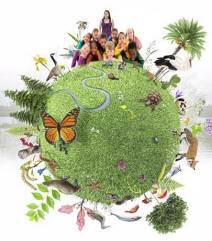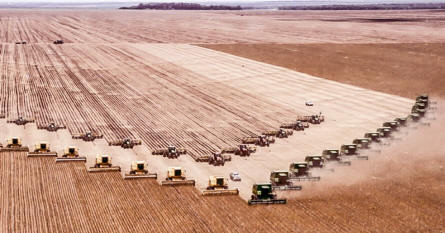|
Since more than a decade now a dramatic decline of bee population has been noticed worldwide. Now we learn that a similar decline can be found regarding all insects. |
|
 Flying insects caught in a malaise trap, used by entomologists to collect samples. |
|
| Hans de Kroon, at Radboud University in the Netherlands who led this research, commented: “The fact that the number of flying insects is decreasing at such a high rate in such a large area is an alarming discovery.” Prof. Dave Goulson of Sussex University, UK, also part of the team conducting this study, added: “Insects make up about two-thirds of all life on Earth [but] there has been some kind of horrific decline,” “We appear to be making vast tracts of land inhospitable to most forms of life, and are currently on course for ecological Armageddon. If we lose the insects then everything is going to collapse.” (More details you find e.g. here:: https://www.theguardian.com/environment/2017/oct/18/warning-of-ecological-armageddon-after-dramatic-plunge-in-insect-numbers)
The reasons for this dramatic reduction of insects are not clear yet as that was not part of the study. Important reasons seem to be
There were several conferences organized by United Nations on Biological Diversity starting in 1989. In June 1992 during United Nations Conference on Environment and Development held in Rio de Janeiro (the Rio "Earth Summit") a Convention on Biological Diversity was passed later on signed by many countries. This Convention defines biodiversity as “the variability among living organisms from all sources including, inter alia, terrestrial, marine and other aquatic ecosystems and the ecological complexes of which they are part; this includes diversity within species, between species, and of ecosystems.” |
|
|
|
|
Why is biodiversity important for us humans? |
|


 Photo: © MultiWatch
Photo: © MultiWatch